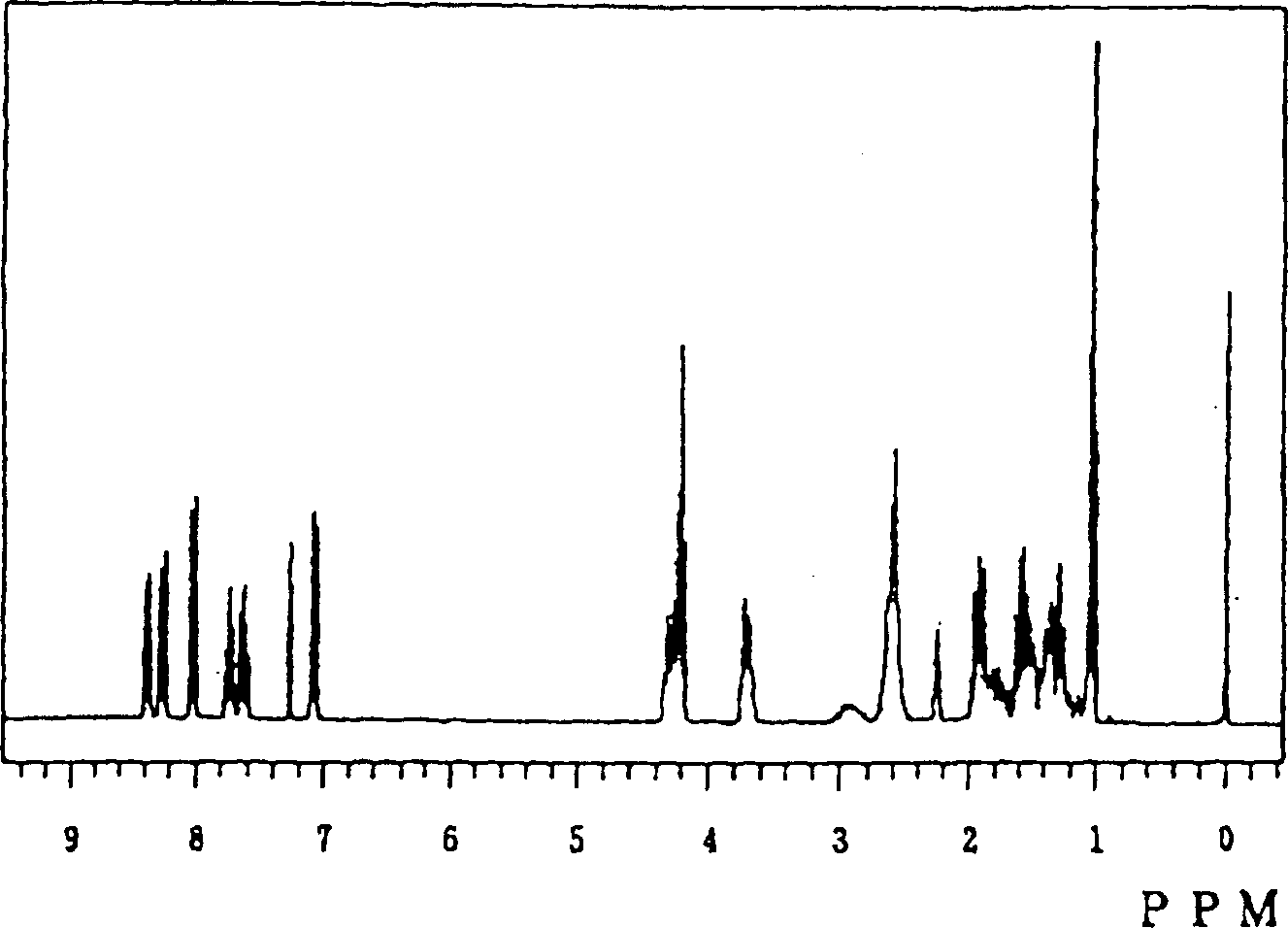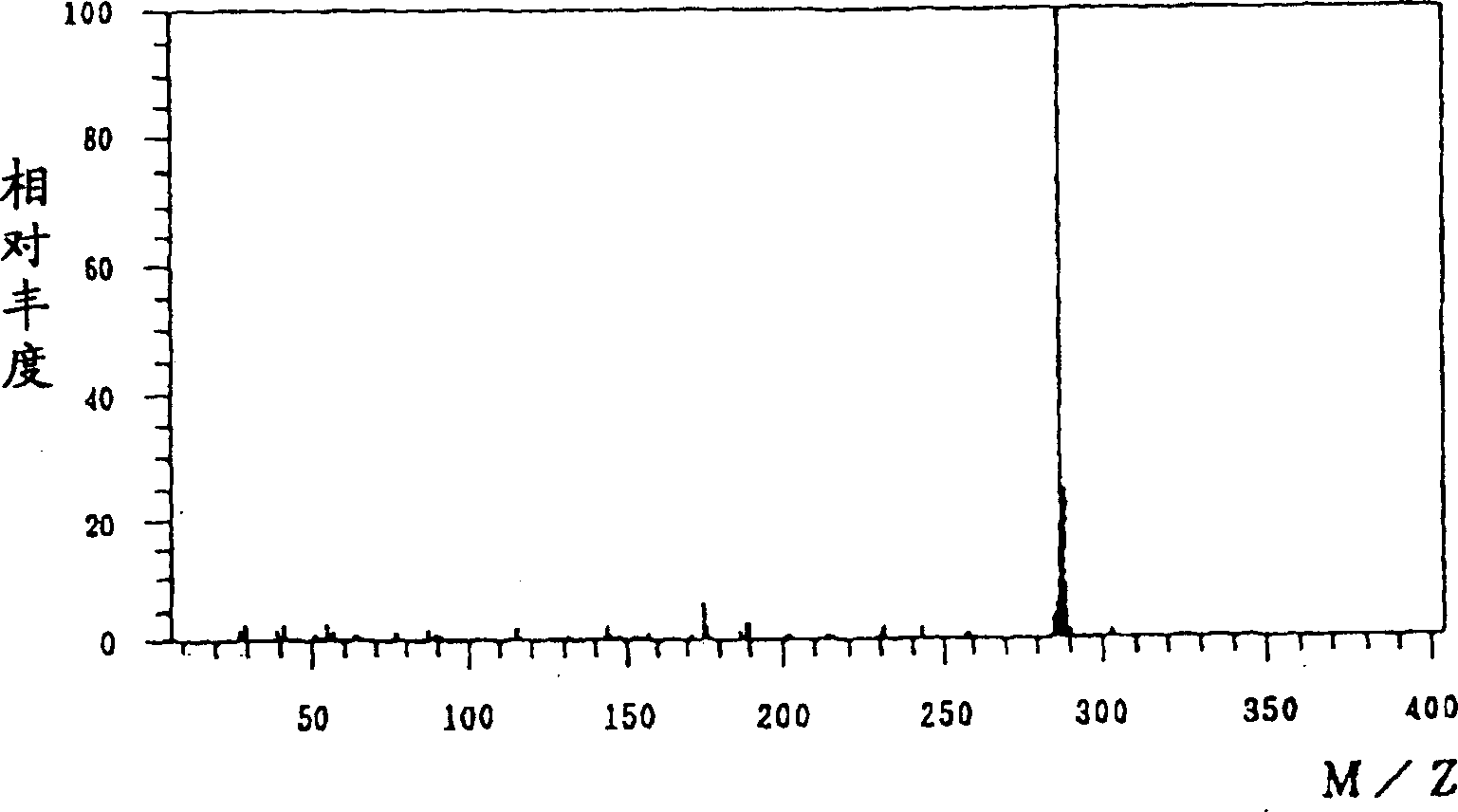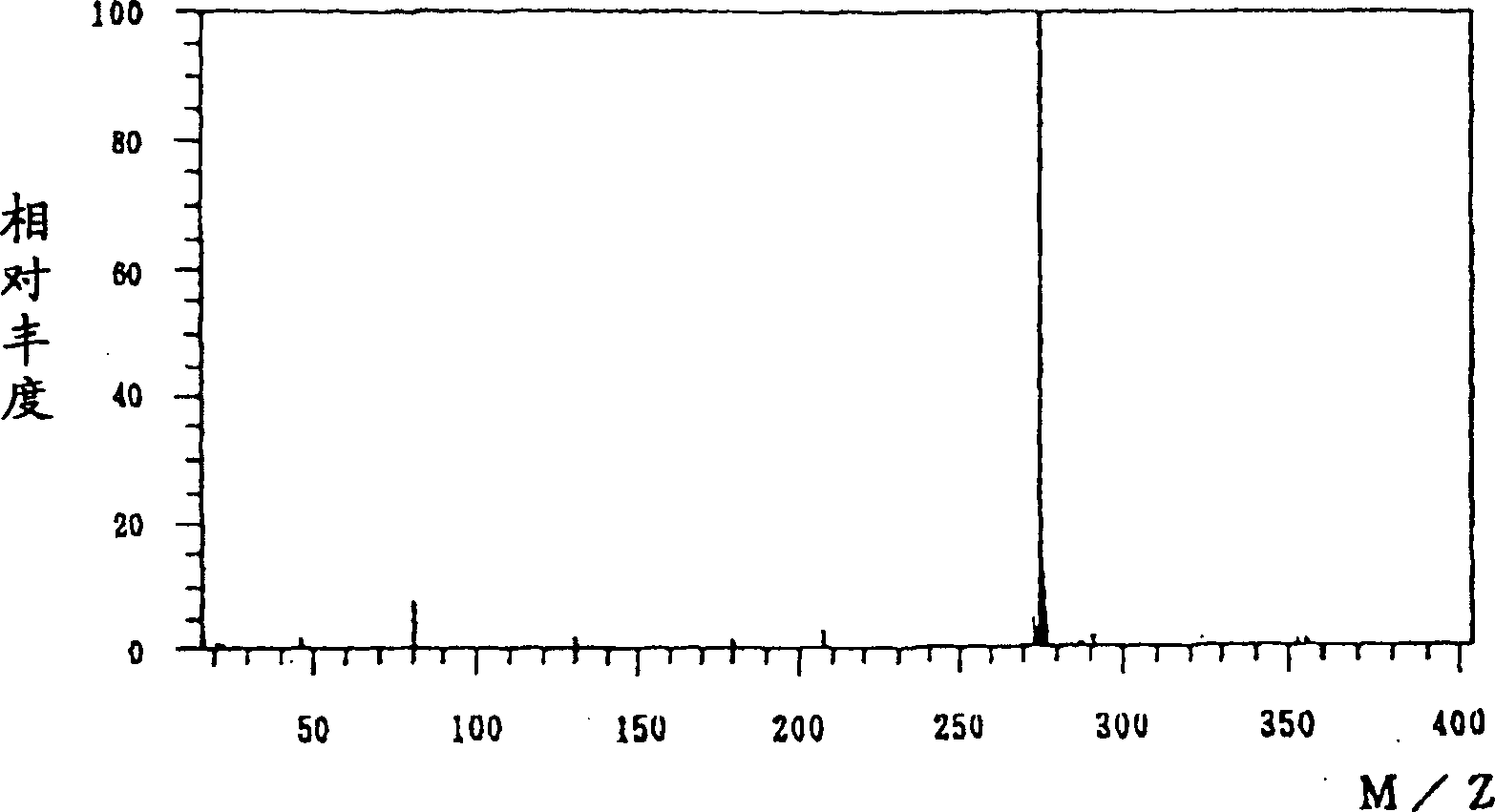Acid generating agent, and radiation-sensitive resin composition
A technology of resin composition and acid generator, applied in the fields of sulfonic acid, sulfonic acid derivatives and radiation-sensitive resin, acid generator, which can solve the problems of suspected bioaccumulation and low flammability
- Summary
- Abstract
- Description
- Claims
- Application Information
AI Technical Summary
Problems solved by technology
Method used
Image
Examples
Embodiment 1-19 and comparative Embodiment 1
[0929] The components in Table 1 were mixed to prepare a homogeneous solution. The solution was filtered through a membrane filter with a pore size of 0.2 μm to obtain a composition solution. The solution compositions were spin-coated on silicon wafers. Subsequently, PB was carried out under the conditions in Table 2 to form a resist coating with the thickness shown in Table 2.
[0930] As the radiation source in the examples: a stepper NSR2205 EX 12B (numerical aperture: 0.55) manufactured by Nikon Corporation was used as a KrF excimer laser (indicated by "KrF" in Table 2); Nikon Corporation The manufactured ArF excimer laser exposure device (numerical aperture: 0.55) was used as the ArF excimer laser (indicated by "ArF" in Table 2); the F 2 Excimer laser exposure device (numerical aperture: 0.60) used as F 2 excimer lasers (in Table 2 with "F 2 ” indicates); the direct recording electron beam lithography machine HL-700 manufactured by Hitachi, Ltd (a device whose acceler...
Embodiment 20-23
[0933] The components in Table 4 were mixed to prepare a homogeneous solution. The solution was filtered through a membrane filter with a pore size of 0.2 μm to obtain a composition solution. The solution components were spin-coated onto silicon wafers. Subsequently, PB was carried out under the conditions shown in Table 5 to form a resist coating with the thickness shown in Table 5.
[0934] The resist coating was exposed with a KrF excimer laser and baked (PEB) under the conditions shown in Table 5 by using a stepper NSR 2205 EX 12B (manufactured by Nikon Corp., numerical aperture: 0.55).
[0935] The resist pattern was developed by the paddle method at 23° C. for 1 minute using a 2.38 wt % tetramethylammonium hydroxide aqueous solution. The resist coating was then washed with purified water and dried to form a resist pattern. The evaluation results of each resist are shown in Table 6.
[0936] Evaluation of the resists in Examples 1-23 and Comparative Example 1 was perf...
Embodiment 23-34 and comparative Embodiment 2
[0946] Solutions of each composition having the components shown in Table 7 were evaluated. The evaluation results are shown in Table 9.
[0947] Evaluation of the resists of Examples 23-24 and Comparative Example 2 was performed as follows.
[0948] Radiation transmittance
[0949]The composition solution was applied to a quartz plate by spin coating and baked on a hot plate at 130° C. for 60 seconds to obtain a resist coating with a thickness of 0.34 μm. The radiation transmittance of the resist coating was calculated from the absorption at a wavelength of 193 nm and served as a criterion for transparency in the deep UV region.
[0950] sensitivity
[0951] The solution composition was applied by spin coating on a silicon wafer (ARC25) whose surface was covered with an ARC film (manufactured by BrewerScience Corp.) with a thickness of 820 Å, and post-baked on a hot plate under the conditions shown in Table 8 to obtain Anti-corrosion coating with a thickness of 0.34 μm. ...
PUM
| Property | Measurement | Unit |
|---|---|---|
| aperture size | aaaaa | aaaaa |
| aperture size | aaaaa | aaaaa |
| width | aaaaa | aaaaa |
Abstract
Description
Claims
Application Information
 Login to View More
Login to View More - R&D
- Intellectual Property
- Life Sciences
- Materials
- Tech Scout
- Unparalleled Data Quality
- Higher Quality Content
- 60% Fewer Hallucinations
Browse by: Latest US Patents, China's latest patents, Technical Efficacy Thesaurus, Application Domain, Technology Topic, Popular Technical Reports.
© 2025 PatSnap. All rights reserved.Legal|Privacy policy|Modern Slavery Act Transparency Statement|Sitemap|About US| Contact US: help@patsnap.com



